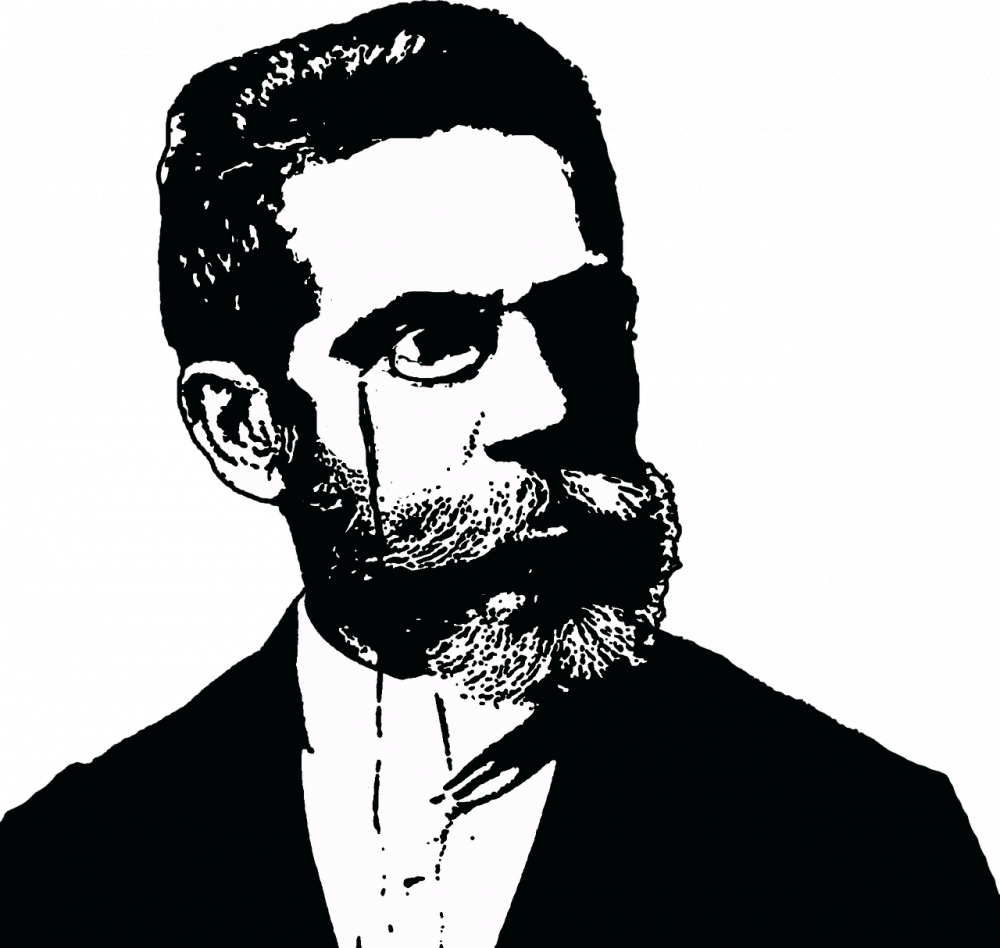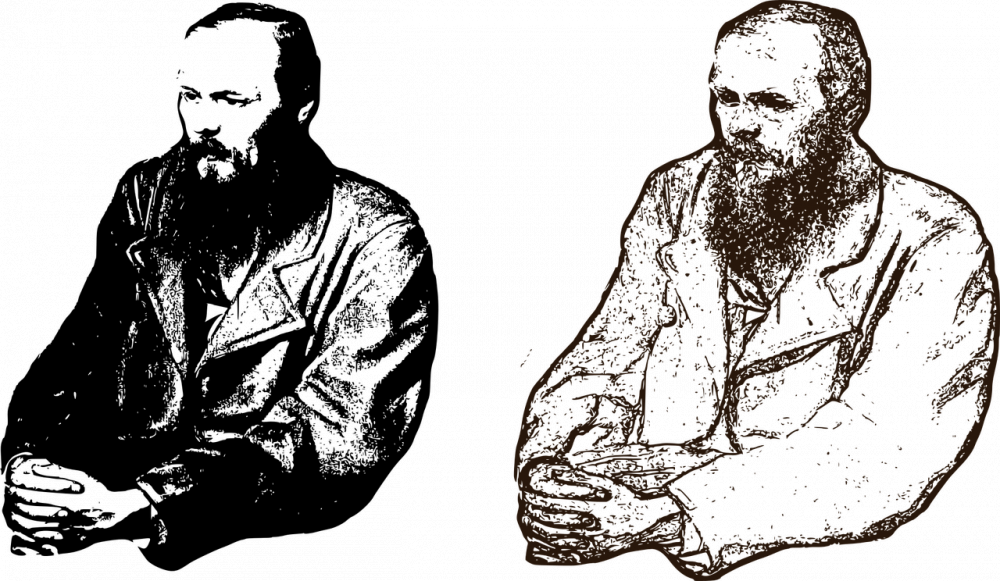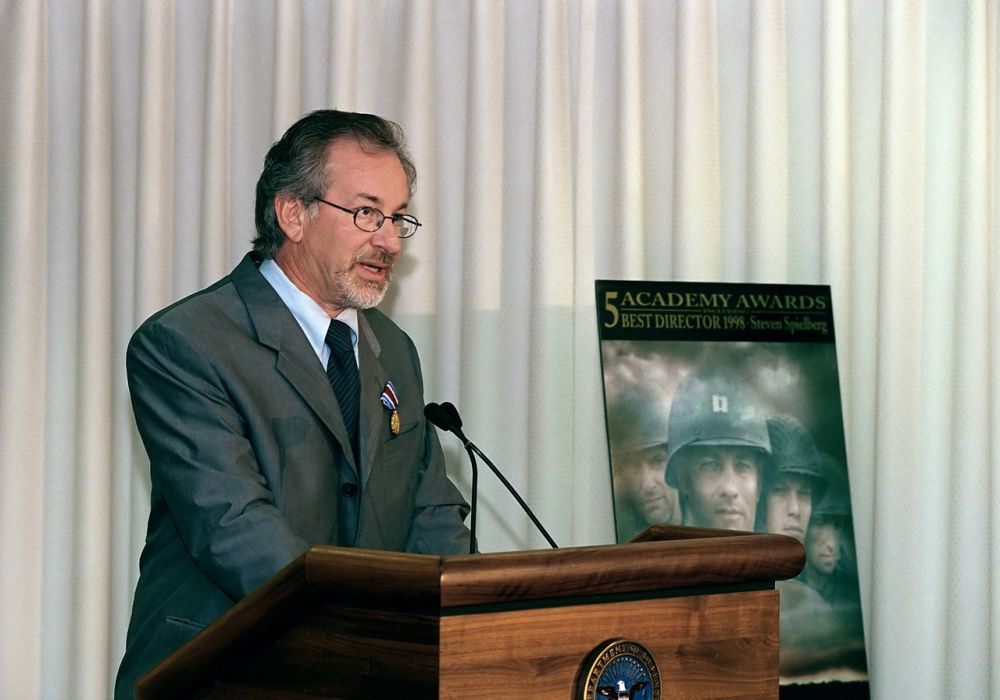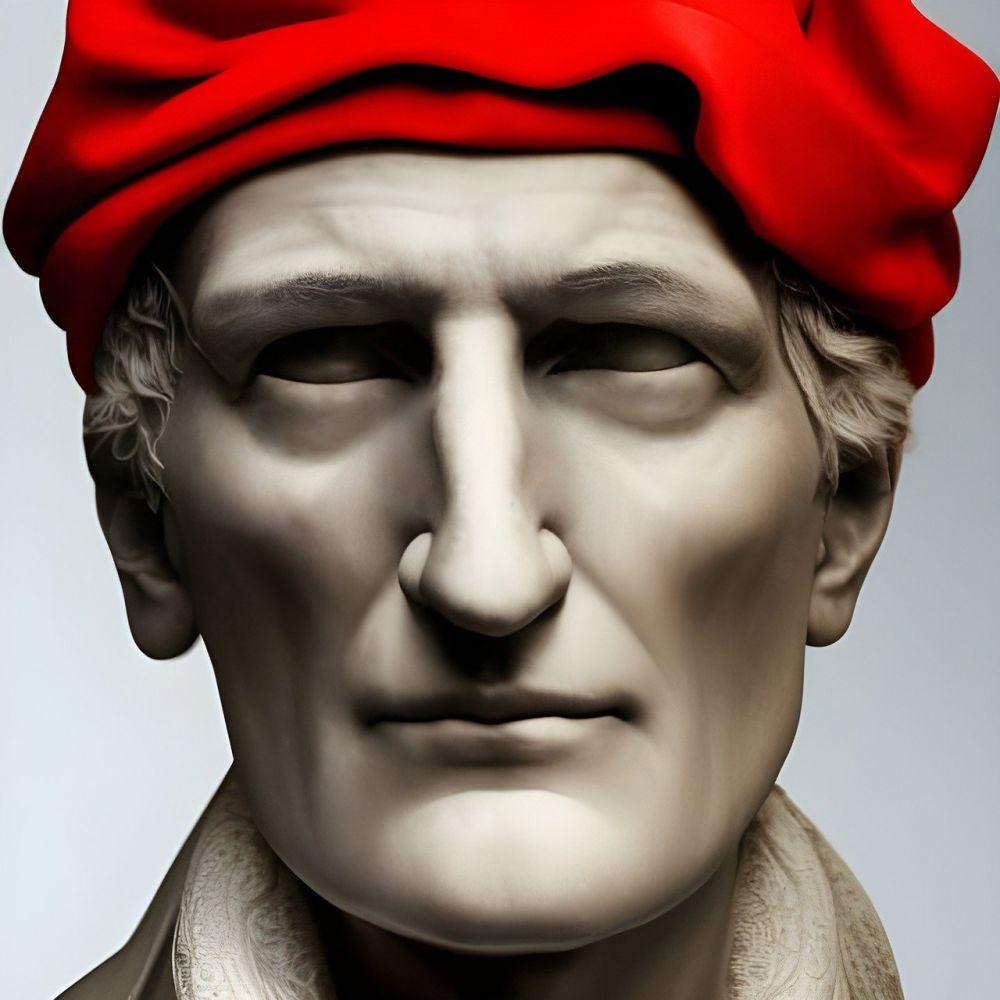Ernest Hemingway is regarded as one of the greatest American writers of the twentieth century, known for his concise and powerful writing style

He was born on July 21, 1899, in Oak Park, Illinois, and went on to become a renowned author, journalist, and war correspondent. Hemingway’s books, with their vivid descriptions of war, adventure, and love, continue to captivate readers around the world. In this article, we will explore the importance of Ernest Hemingway’s books, their historical development, and their enduring legacy.
Introduction to Ernest Hemingway’s Books
Ernest Hemingway’s books are characterized by their sparse and economical writing style, which is often referred to as the “Iceberg Theory” or “Hemingwayesque.” This style emphasizes simplicity, clarity, and the omission of unnecessary details, allowing readers to infer deeper meanings and emotions. Hemingway’s prose is renowned for its precision and impact, creating literary works that resonate with readers.
Hemingway’s writing often revolves around themes such as masculinity, war, love, and adventure. His characters are often tough, stoic, and courageous, facing personal and moral dilemmas with resilience. Hemingway’s exploration of the human condition, often in the context of war or physical challenges, offers readers a unique perspective on life’s complexities.
Historical Development of Hemingway’s Books

Ernest Hemingway’s literary career began in the 1920s, a period known as the “Lost Generation” following World War I. His first major work, “The Sun Also Rises” (1926), introduced readers to Hemingway’s distinctive style and themes. Set in post-war Europe, the novel explores the disillusionment and aimlessness of the Lost Generation through the lives of its expatriate characters.
Hemingway’s second novel, “A Farewell to Arms” (1929), drew from his experiences as an ambulance driver during World War I. The novel depicts the harrowing realities of war, the frailty of human existence, and the power of love amidst chaos. It remains one of Hemingway’s most acclaimed works and showcases his ability to blend adventure, romance, and tragedy in a compelling narrative.
In the 1930s and 1940s, Hemingway continued to produce significant works such as “For Whom the Bell Tolls” (1940), which explores the Spanish Civil War, and “The Old Man and the Sea” (1952), a novella that won him the Nobel Prize in Literature. Both books highlight Hemingway’s deep understanding of human endurance, courage, and the pursuit of personal integrity.
Later in his career, Hemingway published “The Garden of Eden” (1986) posthumously. This novel explores themes of sexuality, gender identity, and creative expression. It presents a departure from his earlier works and showcases Hemingway’s evolution as a writer.
The Enduring Legacy
Ernest Hemingway’s books continue to captivate readers today, as they tackle universal themes that remain relevant. His concise writing style has influenced generations of writers, and his characters have become cultural icons. Hemingway’s works are often studied in literature courses, and his impact on modern literature cannot be overstated.
Hemingway’s books have been adapted into films, further cementing their legacy and introducing his writing to new audiences. The cinematic adaptations capture the essence of his prose while adding a visual dimension to his stories.
In conclusion, Ernest Hemingway’s books hold a significant place in American literature. They shed light on the human condition, explore themes of love, war, and adventure, and showcase a unique writing style that continues to influence writers today. Whether you are a seasoned Hemingway enthusiast or new to his work, diving into his books promises an enriching and thought-provoking literary experience.
[INSERT VIDEO HERE]
Sources:
– Hemingway, Ernest. “The Sun Also Rises.” Scribner, 1926.
– Hemingway, Ernest. “A Farewell to Arms.” Scribner, 1929.
– Hemingway, Ernest. “For Whom the Bell Tolls.” Scribner, 1940.
– Hemingway, Ernest. “The Old Man and the Sea.” Scribner, 1952.
– Hemingway, Ernest. “The Garden of Eden.” Scribner, 1986.





